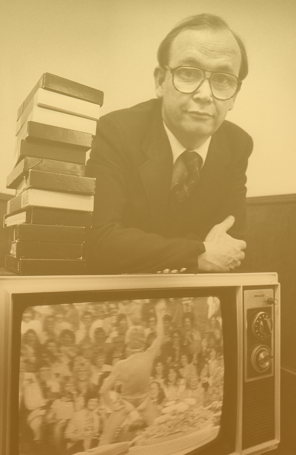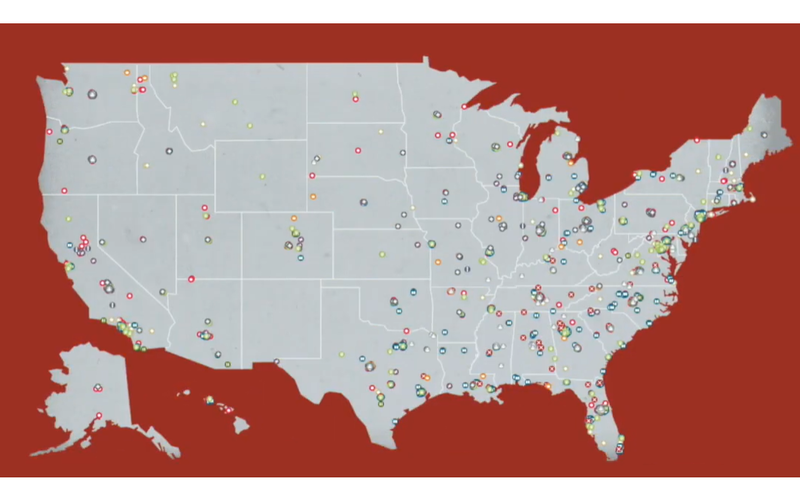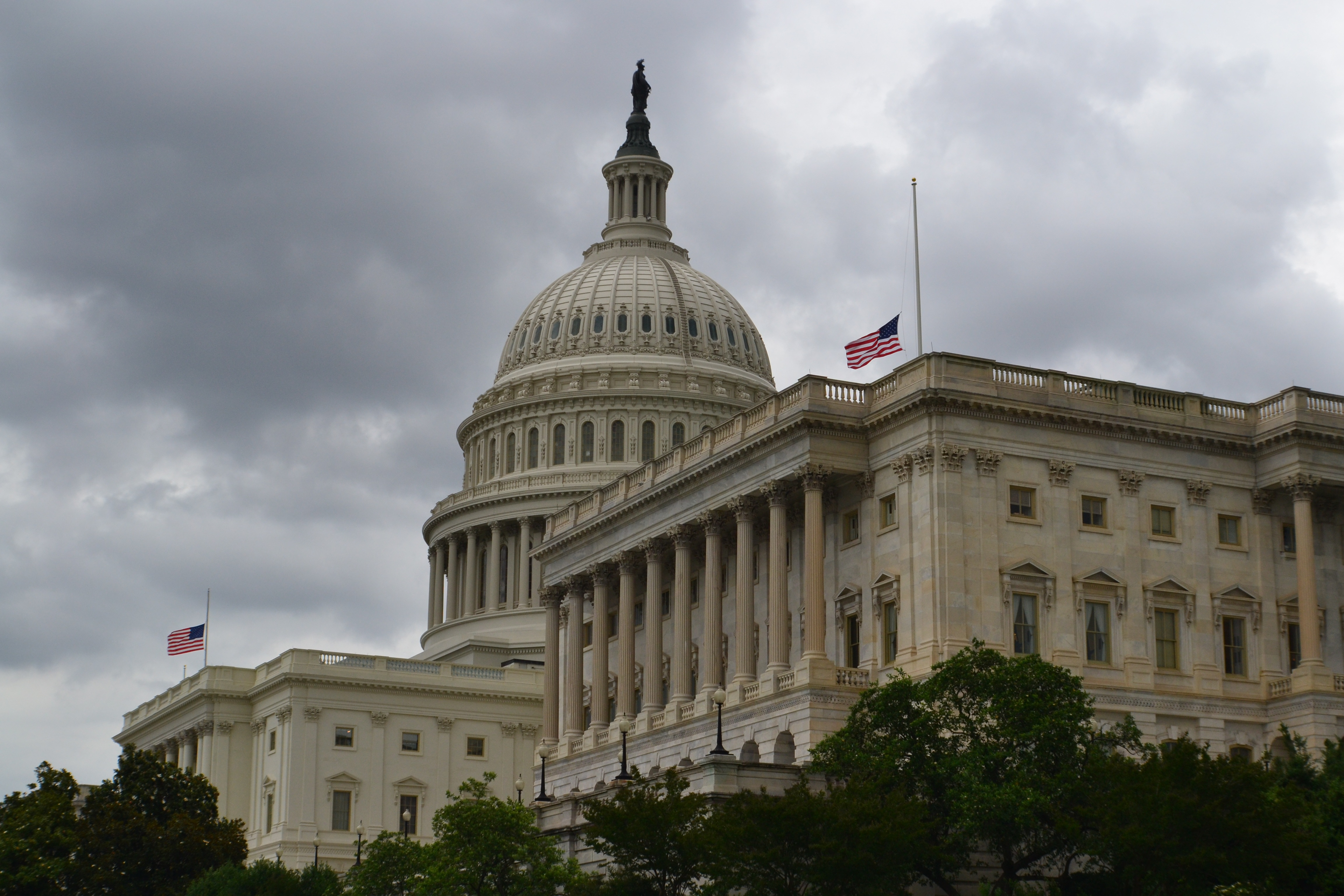A Dangerous Addiction
Sign up for a six month free
trial of The Stand Magazine!
Healthline once released an article titled “The 18 Most Addictive Foods (and the 17 Least Addictive).”
As its title points out, the article discusses addictive and non-addictive foods. The author opened the piece by saying, “Up to 20% of people may have a food addiction or exhibit addictive-like eating behavior. This number is even higher among people with obesity.” After stating these claims, the article explained what a food addiction was and compared it to that of different substance addictions.
Not surprisingly, the research identified the top five most addictive foods as pizza, chocolate, chips, cookies, and ice cream. Meanwhile, the five least addictive foods reported were cucumbers, carrots, beans (no sauce), apples, and brown rice.
Now, it doesn’t take a scientist to note that the differences between the good and “the bad” foods mentioned above are the difference between something sweet and something healthy. The most addictive foods that were listed contained processed sugars, fat, additives, and everything in between. Meanwhile, the good-for-you foods that received a bad reputation remained unchanged, whole, and overall beneficial for one’s health. One set of foods would leave an individual feeling nourished and full, the other would offer momentary happiness that often leads to dissatisfaction.
Just like these foods, today, there is another addictive substance that causes harm to men, women, and families – it’s called pornography.
For many, pornography is just as addictively sweet and intoxicating as those ultra-processed treats. Except, instead of poor-fitting clothes and cholesterol issues, this addiction can quickly lead to the destruction of everyday life as one knows it.
“Porn addiction is, in theory, when you can’t stop looking at porn, even if you want to,” WebMD explains. “The obsession gets to the point that it interferes with work, relationships, and other parts of daily life. It’s easy to understand how this could be a problem, given the widespread availability of internet porn today.”
Covenant Eyes, a Christian organization that helps fight against pornography, recently shared in its 2025 guide, Porn Stats: Examining the Impact of Porn, that 141,090,053 adults, or 61% of the U.S. population, watch pornography in some form.
Its research also found:
- “18,257,850 adults consume porn daily.”
- “90,561,553 men watch porn regularly.”
- “50,638,870 women watch porn regularly.”
The report also mentioned that 54% of practicing Christians watch pornography; of that, they state that 45,174,658 Christian men and 24,135,395 Christian women watch it. This doesn’t even factor in the children who are exposed to or also caught in the addictive trap of pornography.
But it gets worse.
With an average exposure to pornography at the age of 12, the types of pornography that children are seeing nowadays are much worse than still shots of former Playboy magazines. Instead, it is graphic footage that is, at times, filled with abuse, violence, and confusion.
Covenant Eyes also reported its findings when it comes to teens:
- “52% of teens have seen violent pornography.”
- “38% of teens said they had viewed pornography on social media within the past year.”
- “Children exposed to pornography are more than 3 times as likely to engage in problematic sexual behavior.”
Likewise, a 2023 Guardian article reported research that “It found that 22% of students had viewed porn on multiple occasions. Of those, one in five said they had a porn habit, and one in 10 said they felt addicted. Those who watched more than once were more likely to report having acted out something they first saw in pornography videos.” (Emphasis added.)
No 12-year-old needs to know what is on pornography or other explicit “tube” sites, let alone feel pressure or be pressured to act out the horrific scenes that play there. Nor do they need the early exposure that could eventually lead to an addiction of their own.
But this sickness doesn’t care.
Every moment, the pornography industry is waiting for its next victim to stumble upon a website, social media post, or picture sent from friends. Once it has achieved its goal, its victims will be left on their own to figure out how to clean up the rubble.
“Little do we realize that we are in the middle of the battle and that our future, indeed the future of all generations to come after us, depends on the outcome of this conflict which we now ignore,” said AFA founder Don Wildmon in 1984.
How right he was.
If we, the church, sit by and continue to let these addictions grow, how will our culture – our children – look in the next 50 years?

Sign up for a free six-month trial of
The Stand Magazine!
Sign up for free to receive notable blogs delivered to your email weekly.



















